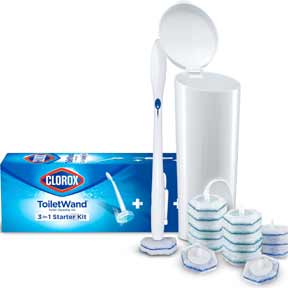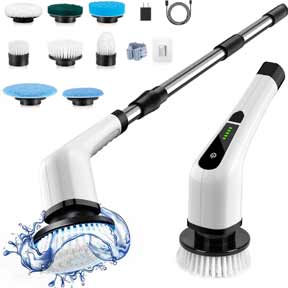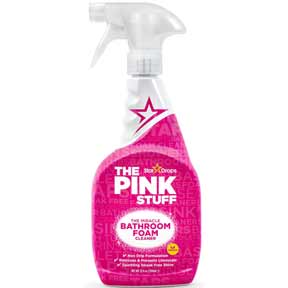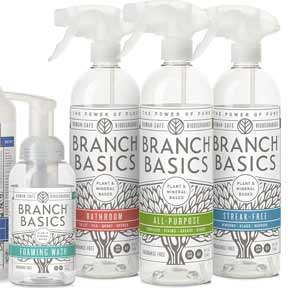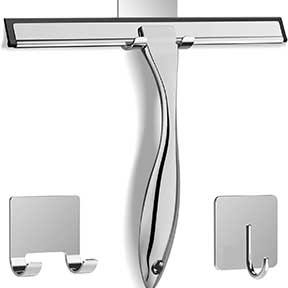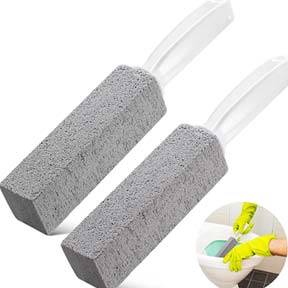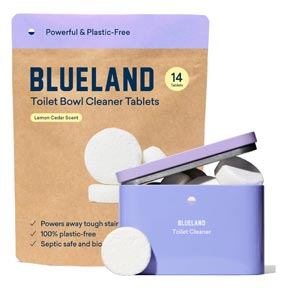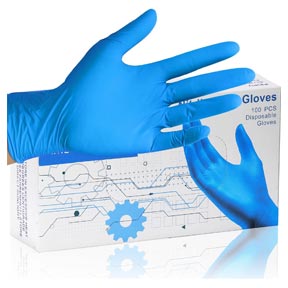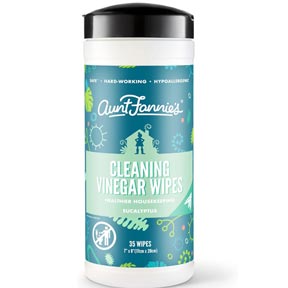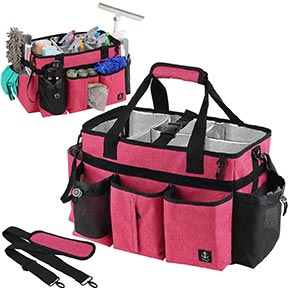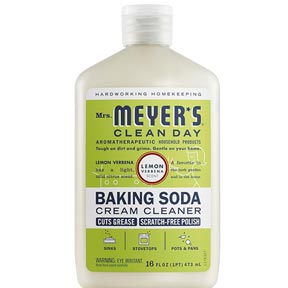Grout Cleaning Tips
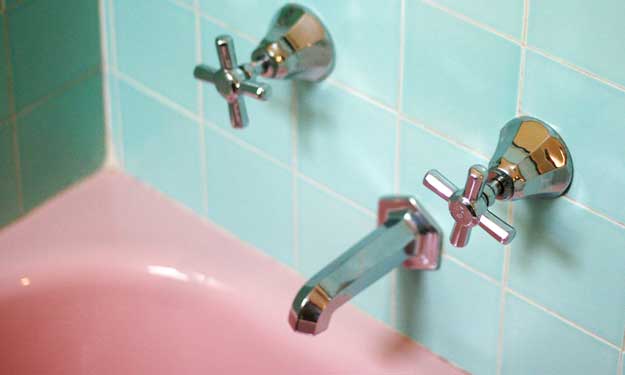
How to Clean and Remove Stains from Grout.
Cleaning and Removing Stains from Grout
Stained grout can make even the cleanest floors or tiled walls look dirty and unkempt. Because grout is porous, it absorbs dirt, mold, soap scum, and spills, leading to discoloration. With the right grout cleaning tips, methods and preventative measures, you can restore it to its original look and keep it fresh for years to come.Understanding Grout and Why It Gets Dirty
Grout is a mixture of sand and binders used to fill the gaps between tiles. Its porous nature makes it susceptible to trapping:- Mold and mildew
- Hard water spots
- Soap residue buildup
- Discoloration from spills and foot traffic
Basic Grout Cleaning Routine
A consistent grout cleaning routine can help maintain grout’s appearance and prevent long-term staining. Follow these steps:- Remove Visible Debris – Use a dull knife or similar tool to scrape off any stuck-on particles.
- Prepare a Cleaning Solution – Mix one part mild detergent with four parts warm water.
- Scrub the Grout – Use a stiff-bristled brush to scrub grout lines thoroughly.
- Rinse and Dry – Use a mop or cloth to remove residue and let the grout dry completely.
- Repeat as Needed – Clean grout every other month or more frequently in high-traffic areas.
Effective Methods for Removing Grout Stains
If routine cleaning isn’t enough, try these techniques:Vinegar and Water Solution (Mild Stains)
- Mix equal parts white vinegar and water in a spray bottle.
- Apply to grout and let sit for a few minutes.
- Scrub with a brush, then rinse thoroughly.
- Caution: Avoid using vinegar on natural stone, as it can cause damage.
Baking Soda and Hydrogen Peroxide Paste (Tougher Stains)
- Mix 3/4 cup baking soda, 1/4 cup hydrogen peroxide, and 1 tbsp liquid dish soap into a paste.
- Apply to grout and let sit for 15 minutes.
- Scrub with a soft-bristled brush and rinse well.
Grout Cleaning Steam Clean Method
One way to clean deeply embedded grime is to use a steam cleaner with detergent and vacuum extraction to dislodge dirt and bacteria from grout.Bleach for Deep-Set Stains
- Mix 1 cup bleach with 3 cups water.
- Apply to grout and let sit for 15 minutes.
- Scrub gently, rinse thoroughly, and ensure proper ventilation while using bleach.
- Note: Do not mix bleach with other cleaning agents.
Cleaning Mold and Mildew from Grout
Mold and mildew thrive in damp, unventilated areas like bathrooms. To remove them:- Scrub with a solution of 1 part liquid chlorine bleach to 5 parts water.
- Let sit for five minutes, then rinse thoroughly.
- Mold and Mildew Removal: Uses a weaker bleach solution (1:5 ratio) to effectively kill spores while minimizing damage to grout.
- Deep-Set Stain Removal: Requires a stronger bleach solution (1:3 ratio) to break down and lift stubborn discoloration from grout
Cleaning Grout Haze from Tiles
Grout haze is a white residue left behind after grouting. To remove it:- Wait for the grout to fully cure (about three days).
- Use a grout haze remover or a mild sulfuric-acid cleaner.
- Follow manufacturer instructions and wear protective gloves.
- If needed, gently scrub with a pumice stone and plenty of water.
Cleaning Natural Stone Tiles
Natural stone surfaces like marble, travertine, and granite require pH-neutral cleaners. A safer DIY option:- Mix 1/4 cup Murphy Oil Soap with 2 gallons of warm water.
- Apply with a soft cotton rag and gently scrub.
- Avoid: Vinegar, bleach, or acidic cleaners that can etch stone surfaces.
Sealing and Preventing Future Grout Stains
To maintain clean grout and prevent future stains:- Seal grout periodically to create a protective barrier.
- Clean spills immediately to prevent penetration into grout.
- Use a bathroom vent or dehumidifier to reduce moisture.
- Sweep and mop regularly to prevent dirt buildup.
- Use floor mats in doorways to minimize tracked-in dirt.
- Switch to liquid body soap to reduce soap scum buildup.
- Remove shoes before entering your home to limit dirt transfer.
Bathroom Cleaning
